This is the 25th in a series of posts on the Hasselblad X2D 100C camera and the XCD lenses. You will be able to find all the posts in this series by looking at the righthand column on this page and finding the Category “X2D”.
I made some snapshots with the X2D and the XCD 38 at the Moss Landing marina yesterday. Lightroom doesn’t yet have lens corrections for the XCD 38 working, so I got to see the uncorrected light falloff off axis. It wasn’t pretty, even at f/5.6 which is the f-stop I was using.
So today I made some images of a backlit window shade with that camera/lens combination. I made images with the GFX 100S and the GF 45 for comparison. I developed the images in Lightroom with lens corrections turned off for the GFX images.
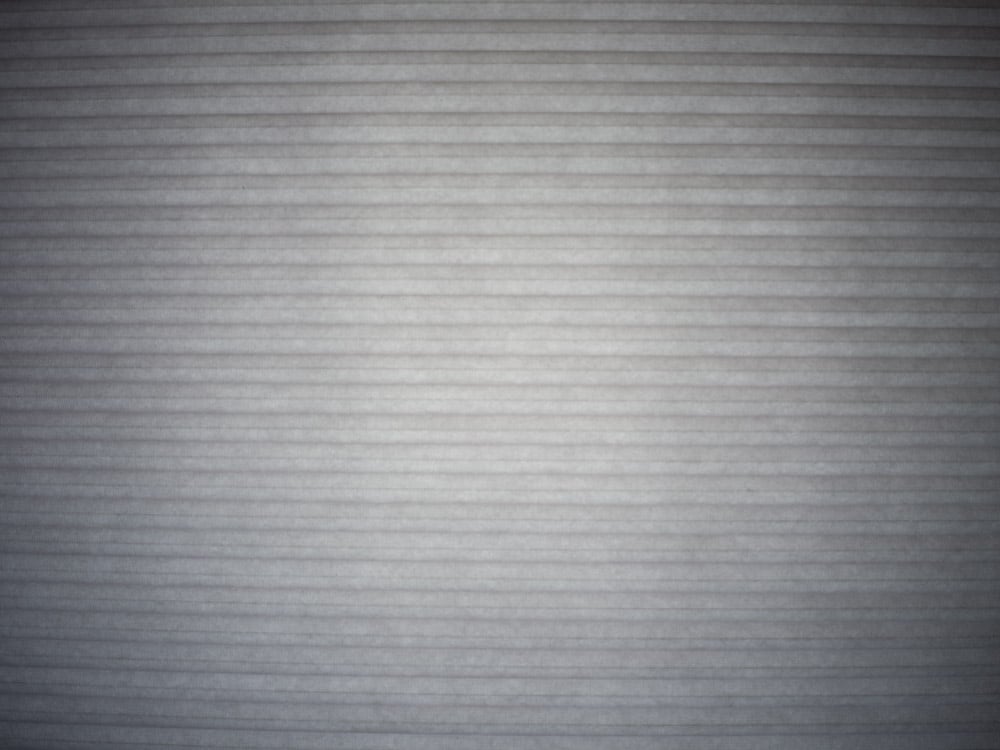
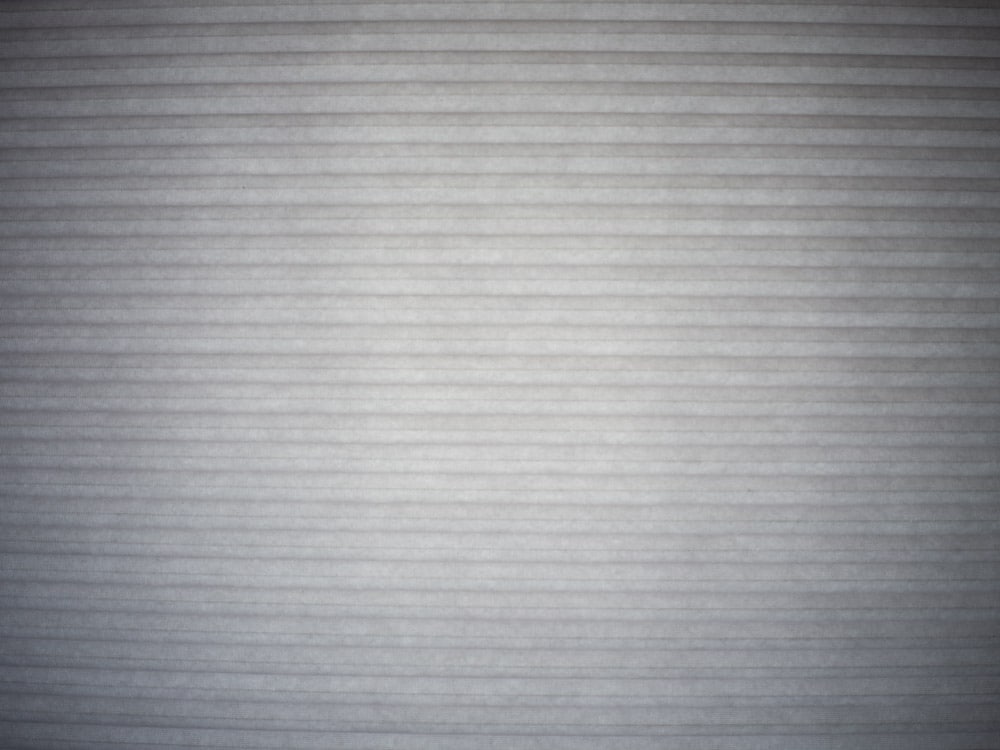
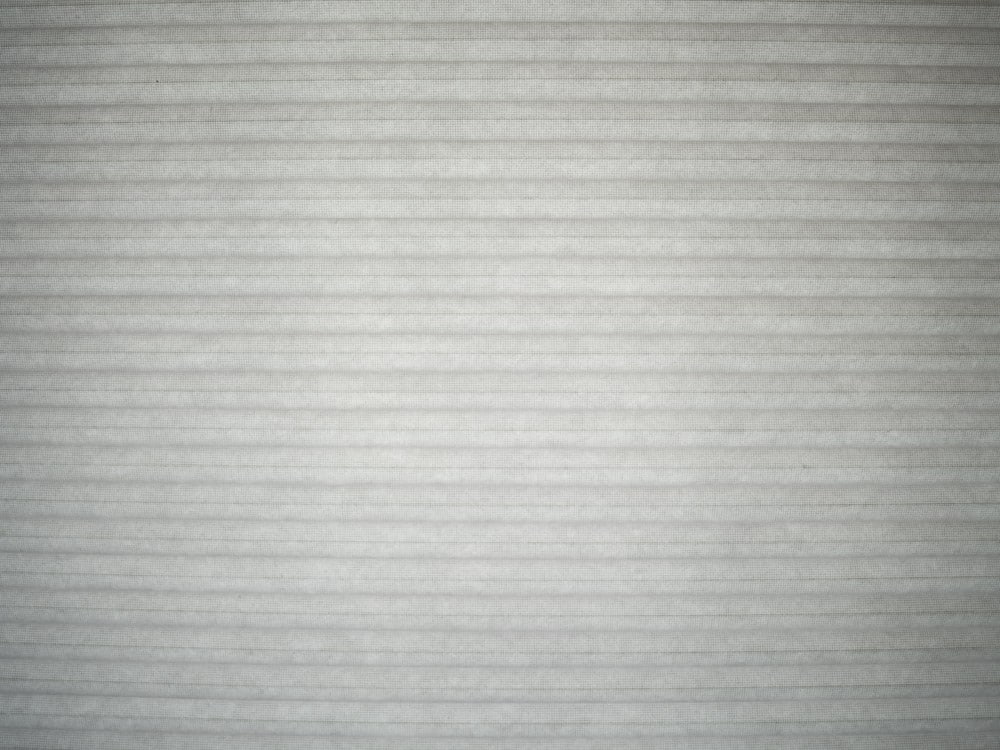
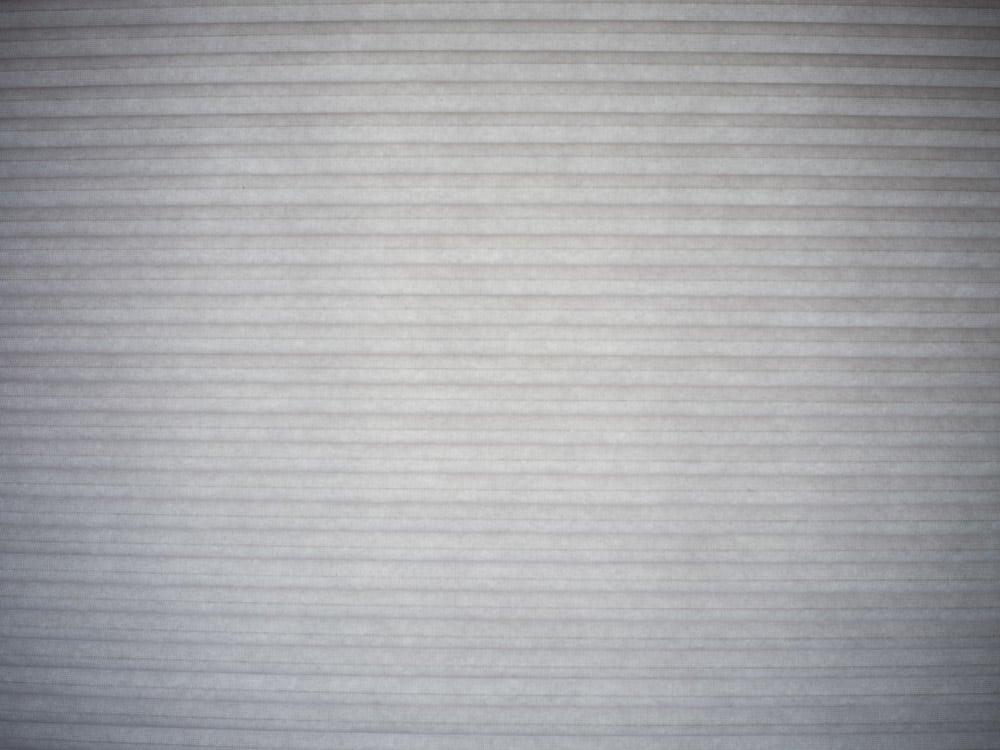

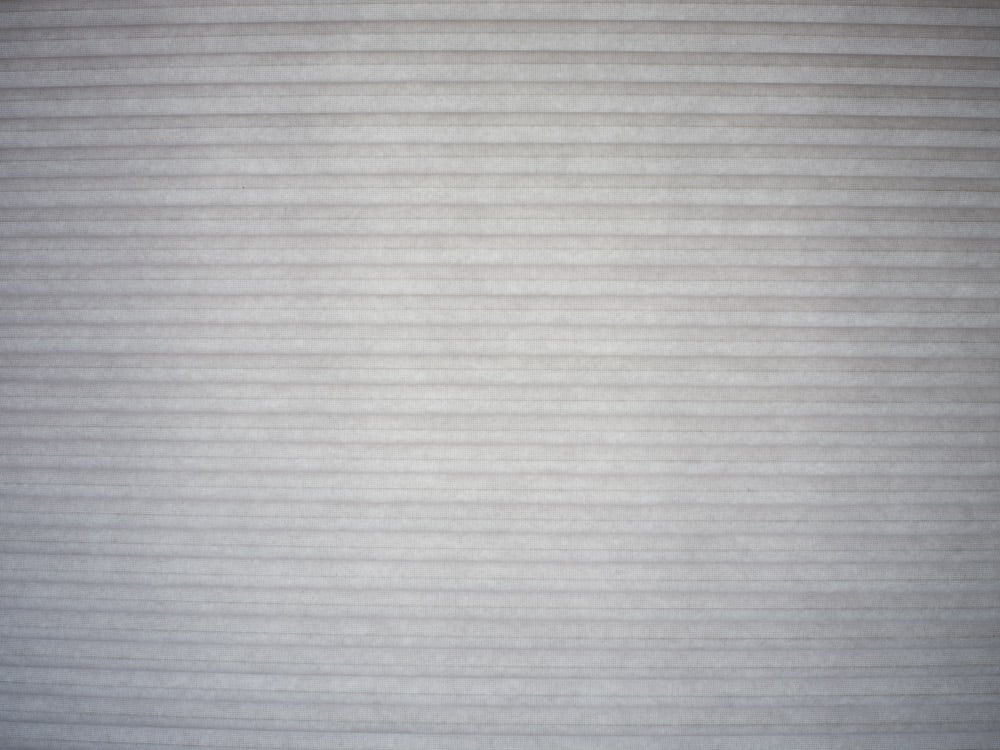
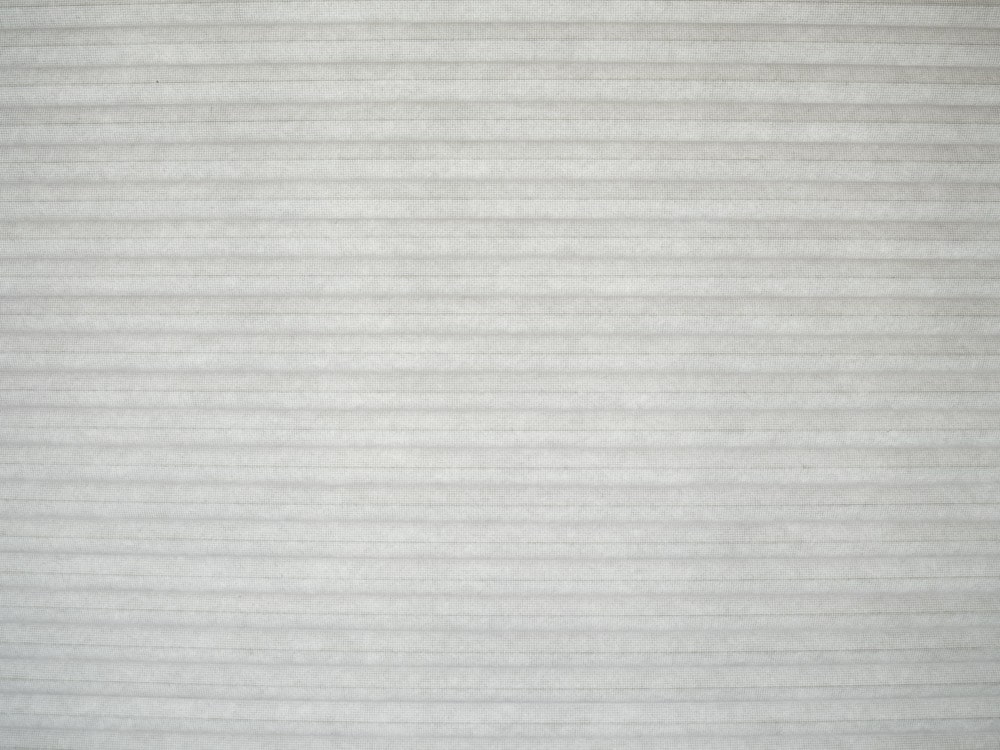
The XCD 38 has substantially more light falloff than the GF 45. When Lightroom gets lens corrections for the XCD 38, you won’t see the falloff. So why should you care? The reason is that when this sort of vignetting is corrected in software, you loose dynamic range off axis.
Isn’t this a bit of an unfair comparison, because of the relative distance in focal length between the two lenses? Don’t all wider lenses generally have more fall-off?
Yes. If I had a Fuji 38mm lens, I’d have used it.
Would it be fair to crop into the image of the 38 to match the equivelant AoV?
It wouldn’t be fair to the 38.